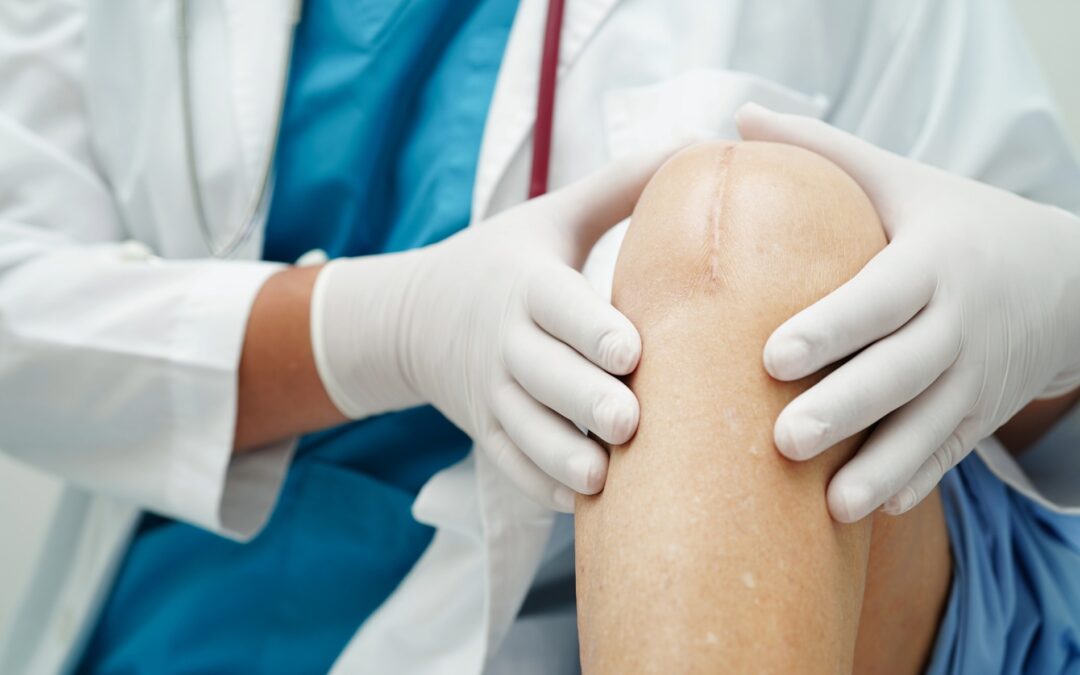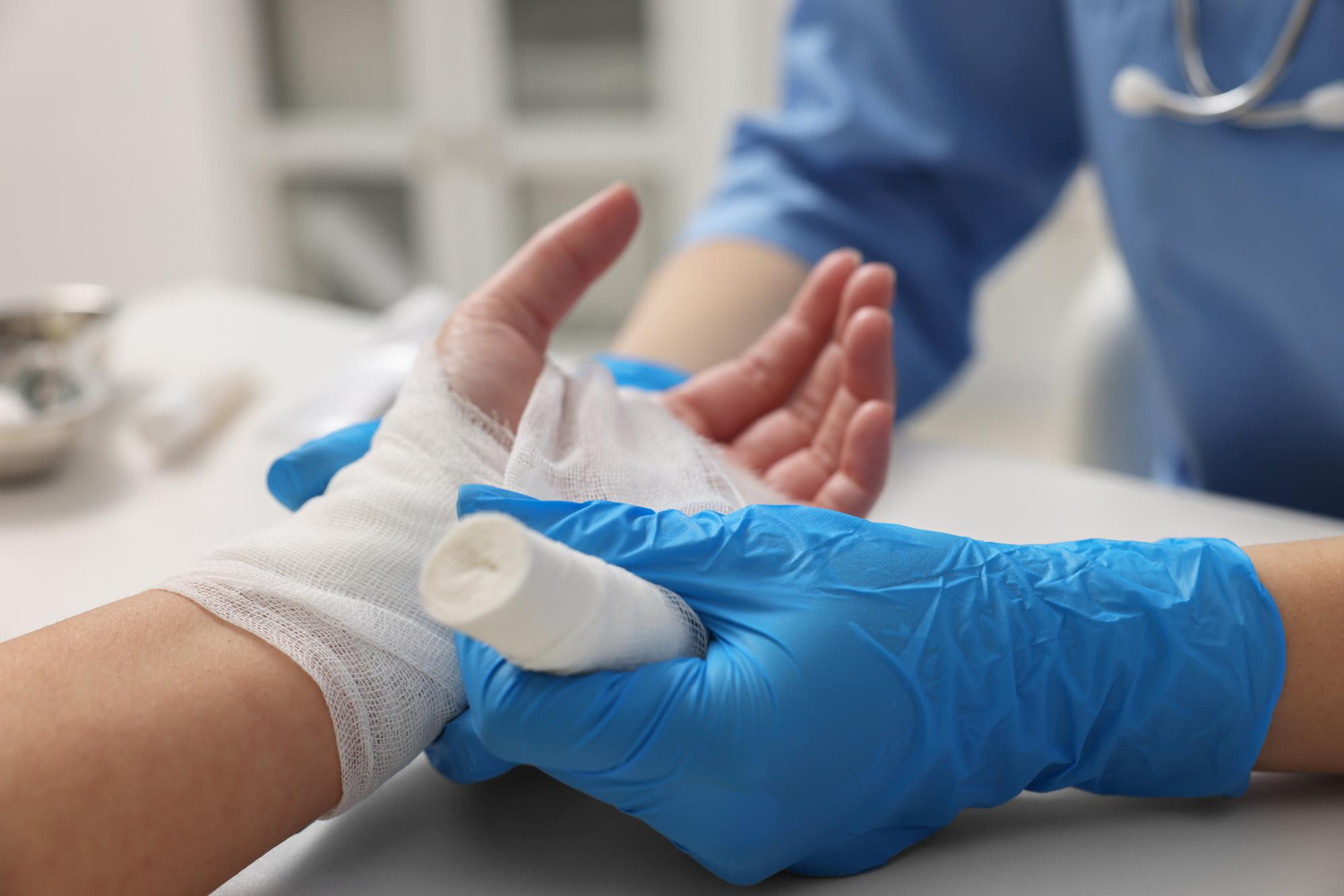When a wound doesn’t heal the way it should, it can quietly take a toll on your health and peace of mind. You notice it lingers, gets redder, hurts more, and starts to affect your daily routine. Monitoring wounds regularly can help stop problems early, but it’s not always easy to tell when a treatment plan isn’t doing its job. That’s why knowing what to watch for can help you protect yourself or a loved one before things get worse.
Most people expect wounds to look better over time. But if your wound isn’t closing, or if the skin around it seems angry and irritated, it’s probably time for a second look. When care happens at home, spotting key warning signs becomes even more important. In a place like Nashville, where fall turns to early winter in late November, colder weather can sometimes slow down circulation, which doesn’t help the healing process. So if your recovery feels like it’s stuck, trust your gut and look for signs it might be time to switch things up.
Delayed Healing
A fresh wound should begin closing soon after it’s cleaned and dressed. If days go by and there’s little sign of new skin or the area looks the same or worse, it might mean the treatment being used isn’t working right. Healing can stall for different reasons, but when it’s because the care doesn’t match the type of wound, waiting it out doesn’t help.
Look for these signs of delayed healing:
– The wound stays the same size or gets larger
– Edges look soft, pale, or rolled
– Minimal scabbing or tissue growth
– Clear or yellowish fluid keeps draining
– Skin nearby looks dry, cracked, or thin
It’s easy to blame slow healing on age or health conditions like diabetes, and those do affect how wounds behave. Still, your treatment plan should help the wound make steady progress. This matters even more when you’re caring for the wound at home, without someone there to guide you through the healing process. Mobile wound treatment in Nashville brings care right to your home, giving you better support in your everyday setting.
If a wound’s condition doesn’t improve after a reasonable amount of time, making a change becomes important. Waiting too long could lead to bigger problems like infection or permanent tissue issues. It may not be enough to just change bandages. You might need new pressure support, cleaner techniques, or dressings that work better with the wound type.
Increased Pain Or Discomfort
Pain is normal during recovery, but it should ease up with each day. If it’s getting worse instead of better, it’s likely the treatment isn’t doing what it should. Pain is often your body’s way of asking for help.
Watch for these red flags:
– Pain seems worse at the same time each day
– Pain disrupts your sleep at night
– Over-the-counter pain relief stops working
– Discomfort spreads beyond the wound
– The area feels hotter than usual
Say someone had minor knee surgery and started home care afterward. For the first several days, the pain felt normal. But by day ten, the soreness climbed sharply and began spreading up the thigh. That’s not something to ignore. It usually suggests something isn’t healing how it should or that an infection or circulation problem has formed.
Pain that sticks around or increases isn’t part of regular healing. When treatment is on track, discomfort becomes less noticeable. If it’s doing the opposite, your care plan might need to be updated. Having trained support come to your home in Nashville makes it easier to get back on track with fewer delays or stress.
Signs Of Infection
Wounds can start out looking fine, then take a turn once an infection sets in. These changes often happen fast and can make things worse quickly if not addressed. Watching how wounds progress helps catch infections in their early stages.
Signs of infection might include:
– Red streaks moving away from the wound
– New or increasing swelling
– Yellow, green, or foul-smelling discharge
– Area feels hot or more sensitive
– Fever, chills, or body aches
A little redness is normal near healing skin, but if it’s spreading, hot to the touch, or sharply painful, that’s a problem. If a fever shows up with these signs, it’s time to act quickly. Infections may stay surface level or go deeper into the tissue, but either way, fast response is key.
Take the case of an older man with a skin tear from a small fall. It seemed fine at first, but a week later, his leg felt warm, looked puffy, and he looked worn down. The family called in help, and the nurse discovered a deep infection. Changing the plan right away gave the wound a better chance to heal.
People with conditions like diabetes might not feel pain the same way others do, so visual signs are especially important. Looking for shifts in color, size, and behavior helps. With professional wound care that comes to you, you’re more likely to avoid hospitalization and long-term issues.
What A Foul Odor May Be Telling You
Some wounds may develop a smell, and not all odors are cause for concern. But when there’s a strong or worsening scent, it could suggest something more serious. It might feel awkward to mention, but it’s an important sign.
Pay attention to:
– Strong or sharp odors that don’t fade after cleaning
– Odors that return after fresh bandages are applied
– Smell combined with more drainage or dark fluid
If your wound starts to smell and other warning signs appear—like soaking bandages, added pain, or puffiness—it’s probably more than just old gauze. Sometimes, tissue under the surface is breaking down or developing an infection that surface cleaning can’t fix.
The wound may look clean on top, but smells can tell another story. If the odor comes back fast or seems to be getting stronger, professional care can make the difference. This is especially true in Nashville’s colder months, when people might delay reaching out. Don’t wait. The longer you put it off, the deeper the problem can grow.
Stay Ahead of Serious Wound Setbacks
It’s easy to hope a wound will fix itself with time, but when things stop improving—or worse, begin to decline—you need a better plan. Pain, odor, visible infection, or no healing progress all suggest that your current treatment may not be working anymore.
Wound care at home can help recovery feel less stressful, as long as the care plan meets the wound’s needs. Without close attention and expert advice, even small wounds can turn into serious problems. Knowing what to look for ahead of time puts you in control and helps avoid unnecessary delays or complications.
During Nashville’s chilly transition into winter, circulation tends to slow down, and healing might already be a little harder than usual. With the extra challenge of limited blood flow, it’s important to watch your wound’s progress closely. Choosing home-based wound support that adapts to your needs can prevent repeat setbacks and protect your long-term recovery.
Experiencing slow progress with a wound can be unsettling, but personalized care solutions are within reach. For those in Nashville, consider mobile wound treatment in Nashville that brings expert care directly to your home. Southern Wound Care makes it easy to get the attention your wound needs, without having to leave your space or disrupt your routine.




